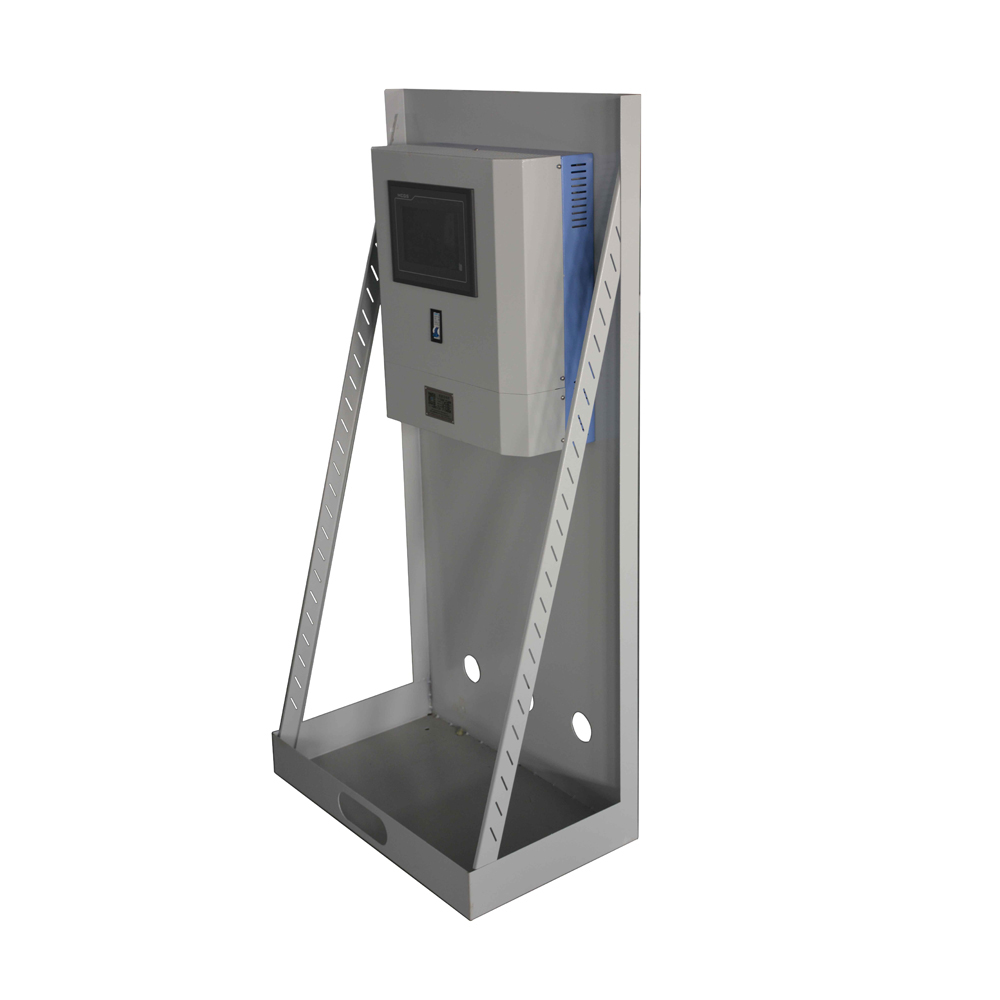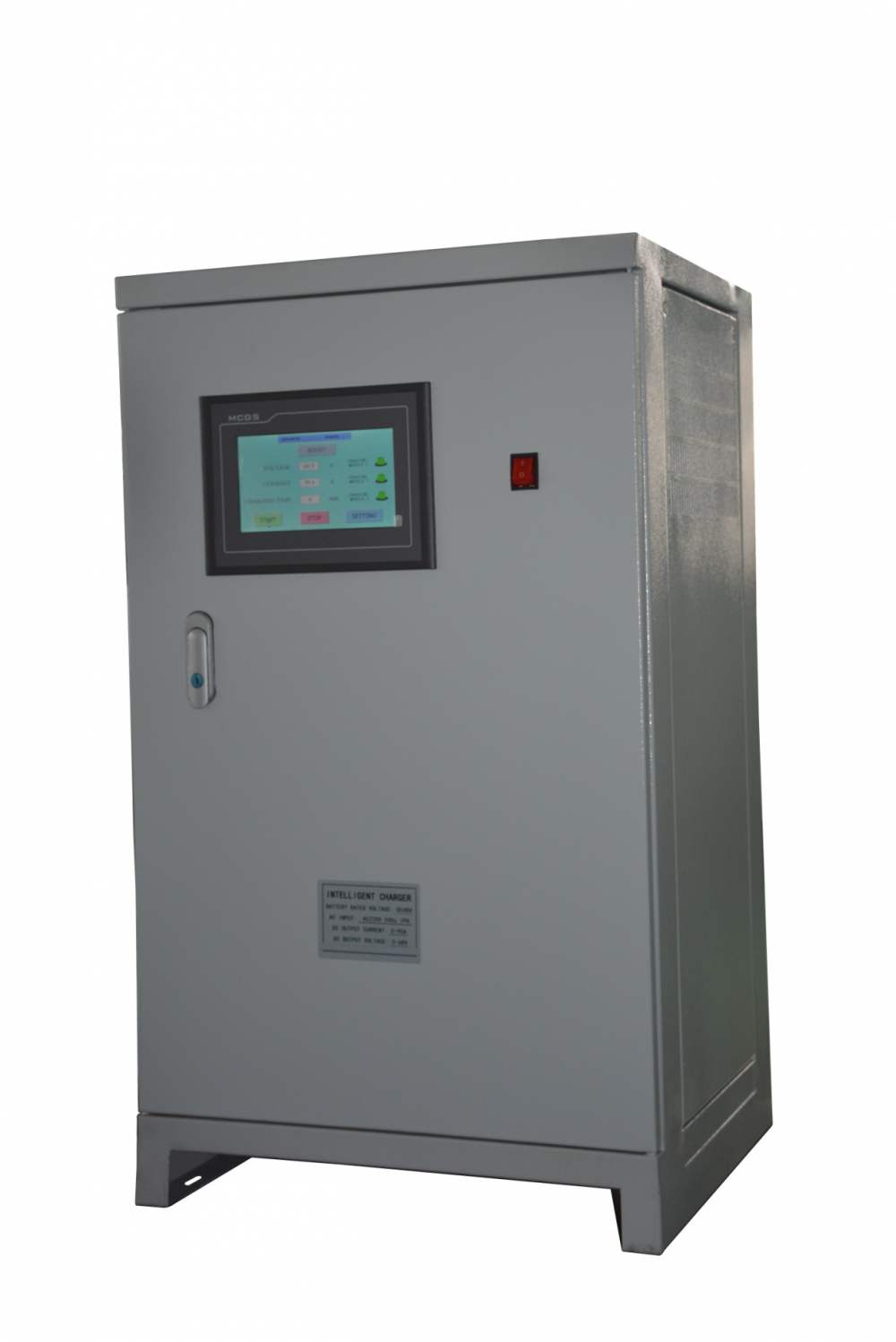Cloud computing is always a topic in the cloud for ordinary users. This article begins with the most basic concepts of science, illustrating four common misunderstandings, and the author's four conjectures.
Ji Yuhua, former CEO of Shengda Cloud, founder of Ucloud.cn
IaaS (Infrastructure as a Service) refers to infrastructure as a service, and consumers can obtain services from a complete computer infrastructure through the Internet. Internet-based services such as storage and databases are part of IaaS. Other types of services on the Internet include Platform as a Service (PaaS) and Software as a Service (SaaS). PaaS provides full or partial application development that users can access, and SaaS provides complete, ready-to-use applications, such as managing enterprise resources over the Internet.
Misunderstanding 1: IaaS is selling resources
A popular point of view is that IaaS is selling resources. Traditional IDCs sell bandwidth and racks. Cloud computing plus servers, at most, split these resources into virtual ones through virtualization technology.
In our opinion, cloud computing is divided into three levels:
1. Resource layer: This is the physical basis for IaaS to provide services, including computing resources, storage resources and network resources, as well as necessary power resources and IP resources. This layer mainly makes profits through the model of scale procurement and resource reuse, and the profit is not high.
2. Product layer: This is the core of IaaS. IaaS operators develop a variety of products based on the various needs of customers and on the basis of resource layers. For example, storage products, messaging products, CDN (content distribution network) products, monitoring products, and each product will be tailored to optimize the specific types of products according to different scenarios and needs. The product layer is the embodiment of the competitiveness of different IaaS, these products meet the different needs of users from different angles. These products are the main source of IaaS profit and the important stickiness of IaaS. Like Alibaba Cloud in China, it provides cloud server and load balancing, cloud monitoring and other products. Ucloud provides products such as UDisk for block device storage and UDB for cloud database.
3. Service layer: Above the product layer, IaaS operators will also provide some more value-added services according to users' needs. This part does not necessarily make money from a commercial point of view, but it is an important condition for users to use IaaS. For example, to provide users with data delivery services, in China must include website filing services, as well as security services and so on.
Misunderstanding 2: IaaS has no technical content
In the propaganda of various media, the myth of cloud computing is considered, cloud computing is omnipotent, and the technology of cloud computing is very high-end, and the technical content is particularly high. Many people who have worked on technology think that cloud computing has no technical content. There are already many open source systems like Openstack, Eucalyptus, and Cloudstack that can be deployed directly.
Or based on KVM, XEN and other open source virtualization systems to do a management system.
Indeed, with the rapid development of cloud computing, a large number of open source cloud computing platforms have emerged, and major companies are actively supporting the development of open source software. But even if it grows fast like Openstack, there are no mature successes because of the high technical complexity of IaaS.
1. From a basic point of view, IaaS needs to achieve multi-tenancy, flexibility, stability, reliability and security. It is necessary to manage the resources of the pool, that is, to form resources pools through virtualization technology, and then flexibly allocate according to the needs of users. Ensure safety and isolation. As mentioned before, resources mainly include computing, storage, and networking, so here to do computing virtualization, storage virtualization, and network virtualization.
Computing virtualization is currently implemented mainly through XEN, KVM, VMware and other software, relatively mature, but there is still a lot of work to be done in terms of performance optimization and stability.
Storage virtualization is not yet a mature open source system. If file storage is implemented, it is mainly encoded according to GFS's ideas. It is inevitable for Openstack's swift, and block device storage is fascinating. There are nova-volume, domestic. Both Shanda Cloud and UCloud have implemented block device storage. In addition, SDS (Software Defined Storage), which is very popular in the world recently, actually implements virtualization of storage.
2. On the basis of virtualization management, it is a large-scale scheduling management. How can we quickly find suitable resources to meet the needs of users, how to dynamically adjust resources based on monitored data, how to dynamically migrate services, and how to prevent avalanches. If it is 10 machines, this may be very easy. If it is 1000 machines, this is a problem. If it is more than 10,000 machines, it is a big challenge. For cloud computing, to achieve the ability to solve scale, it is necessary to solve large-scale scheduling problems. The difficulty and challenges here are quite large.
3, performance and security issues are also the challenge of IaaS, how to ensure that a user's high demand does not affect other users, how to prevent a tenant from invading other tenants, how to prevent a user from being attacked does not affect other users, here we need more in-depth research .
More product development, as mentioned above, in addition to resources, IaaS is more critical, and products must be developed to meet specific needs. This involves all aspects of systems, networks, databases, applications, and security. The requirements for IaaS development and operation are very high.
In summary, the technical threshold of IaaS is relatively high, not without technical content.
Misunderstanding 3: IaaS is not safe
The industry is questioning the security of cloud computing, especially Evernote security incidents that make more people worry about IaaS security issues.
Based on my more than ten years of safety experience:
1, no absolute security, any system may be invaded;
2. Security is relative. The key is to see which one is safer under IaaS mode and traditional hosting mode. So if a company is large and has a professional security team, such as Tencent, Ali, Baidu, etc., it is sure that they will be safer to deploy, but if it is a small startup, it is impossible to have a professional security staff. IaaS service providers can provide more professional security.
Misunderstanding 4: Public cloud can only serve small and medium enterprises
Due to the pursuit of stability by large enterprises and the protection of old investments, most of the public cloud users start from small businesses. At present, whether it is domestic or foreign, SMEs are still the main users of cloud computing.
But with the development of cloud computing, we also found several trends:
1. Some companies that have grown up on public clouds have been using public clouds since they grew into large enterprises, such as Netflex, because they found that if they need to build their infrastructure, the human and material resources are still large, and the difficulties are still many. It's better to focus on what they are good at.
2. Some traditional big companies, they are gradually trying to deploy some non-core business or new business on the public cloud, and even cut the IT department and all of them to the public cloud platform. For example, car companies such as Lamborghini and BMW have used cloud computing to reduce costs and improve their design rendering capabilities with cloud computing.
In fact, from the perspective of power development, in a society like modern times, we rarely see companies that build their own power plants without using the power grid. It is believed that with the development of cloud computing, it is an inevitable trend for cloud computing to replace IDC or replace its own operations.
Four conjectures:
First, IaaS grows fast
The IaaS public cloud service will be the fastest growing public cloud service category. It is estimated that the global IaaS market will reach 8 billion US dollars in 2013, of which AWS (amazon web services) is expected to reach 2.5-2.8 billion US dollars, Rackspace income is 1.6-1.9 billion, and IaaS accounts for 35%, more than 6 Billion dollars, while Terremark's revenue will be more than 450 million acquired by Verizon, and companies like Joyent, Savvis, GoGrid, Dimension Data will have a certain income growth.
Compared with the global market, China's IaaS market has a small base, but its growth rate is faster. It is estimated that China's pure IaaS market will exceed 100 million US dollars in 13 years, and gradually form 3-4 large-scale IaaS operators.
Second, large and medium-sized enterprises will begin to accept cloud computing
As mentioned above, large and medium-sized enterprises have begun to try to deploy some non-core businesses on public clouds. From the AWS customer list, we can see that Fortune 500 companies are more or less using Amazon's public cloud for testing or development, some of which run real applications on them, such as NASDAQ, Lamborghini and other companies. .
This change will pose a great threat to traditional IT vendors, IBM, HP, and Oracle, because traditional large and medium-sized enterprises are big customers of these IT vendors.
From the perspective of the development of AWS, this is inevitably the development goal of cloud computing companies. I believe that in the next 3-5 years, cloud computing will begin to erode the market of traditional IT vendors, and 2013 is the beginning.
Third, SDX technology (software defines everything) will develop rapidly
Traditional hardware manufacturers adopt the model of selling boxes. The devices are not open and cannot be dynamically managed, thus causing great waste and management costs.
Software Defined Everything opens up the black box, making data and control separate, enabling more flexible management and scheduling, which will become the mainstream of subsequent development.
At the beginning of 2013, we saw a series of large investment and acquisition behaviors such as Software Defined Storage, Software Defined Network, and Software Defined Datacenter.
I expect that in 2013, SDS and SDN products and solutions will begin to land, and related technologies will develop rapidly.
Fourth, cloud computing changes the relevant industry chain
With the development of cloud computing technology, especially the application of cloud computing, cloud computing has been affected and changed in many industries, including:
1. Entrepreneur: Cloud computing has greatly reduced the infrastructure threshold for entrepreneurs, so that entrepreneurs only need to pay attention to their core strengths and give play to their core strengths. This is very convenient for some teams that did not use the Internet to use the Internet to start a business, which will lead to a lot of content-based, O2O-type startups. Especially in 2013, after the country lowered the threshold of registered companies, more and more startups will appear in batches.
2. Investment industry: As cloud computing reduces the one-time server network investment, the entrepreneurs' demand for angels' funds is reduced, and the product testing can be developed very quickly. If the product is good, you can use cloud computing to grow quickly. If the product is not good, you can switch right away. Therefore, the investment model shifts from the traditional angel to the super angel, and may not even need the A round. If the business develops well, it can directly enter the B round.
3. Server industry: Under the traditional mode, the server sells to SMEs through channels, and the channel will be a very important part. In the cloud computing mode, SMEs will not have to purchase servers. Therefore, IaaS operators will replace SMEs as server purchasers, which will have a greater impact on traditional server vendors and channels.
The PZDK series of smart chargers use high frequency switching rectification power modules. The charger is a smart charging device that was developed based on the technical requirements of the AGV (Automated Guided Vehicle) battery pack (group) charging. The working process of the charger is controlled by the microprocessor in real time, automatically turned on/off, and the operation is simple, safe and reliable. It uses a microprocessor as the main control unit and a color touch screen as a human-machine interface with flexible human-machine dialogue. The user can view the operating parameters and working status through the touch screen.






Lifepo4 Battery Charger,Scr Battery Charger,Lifepo4 Battery Packs Chargers,Thyristor Controlled Rectifier Charger
Xinxiang Taihang Jiaxin Electric Tech Co., Ltd , https://www.agvchargers.com